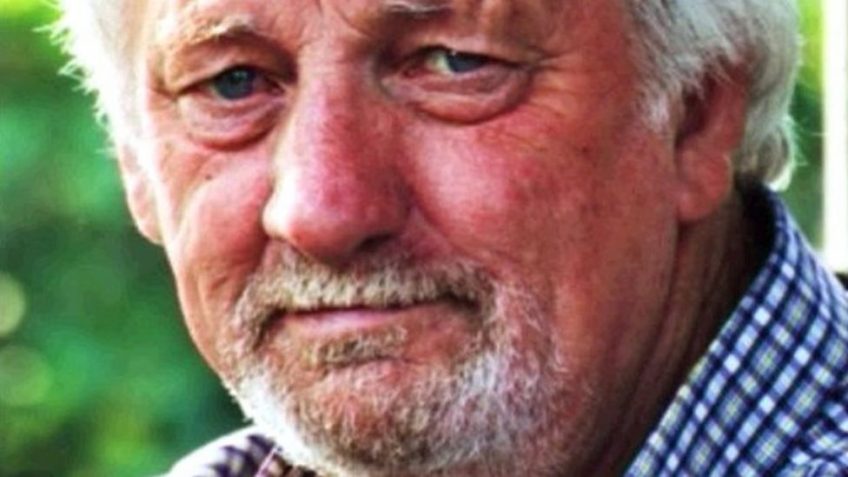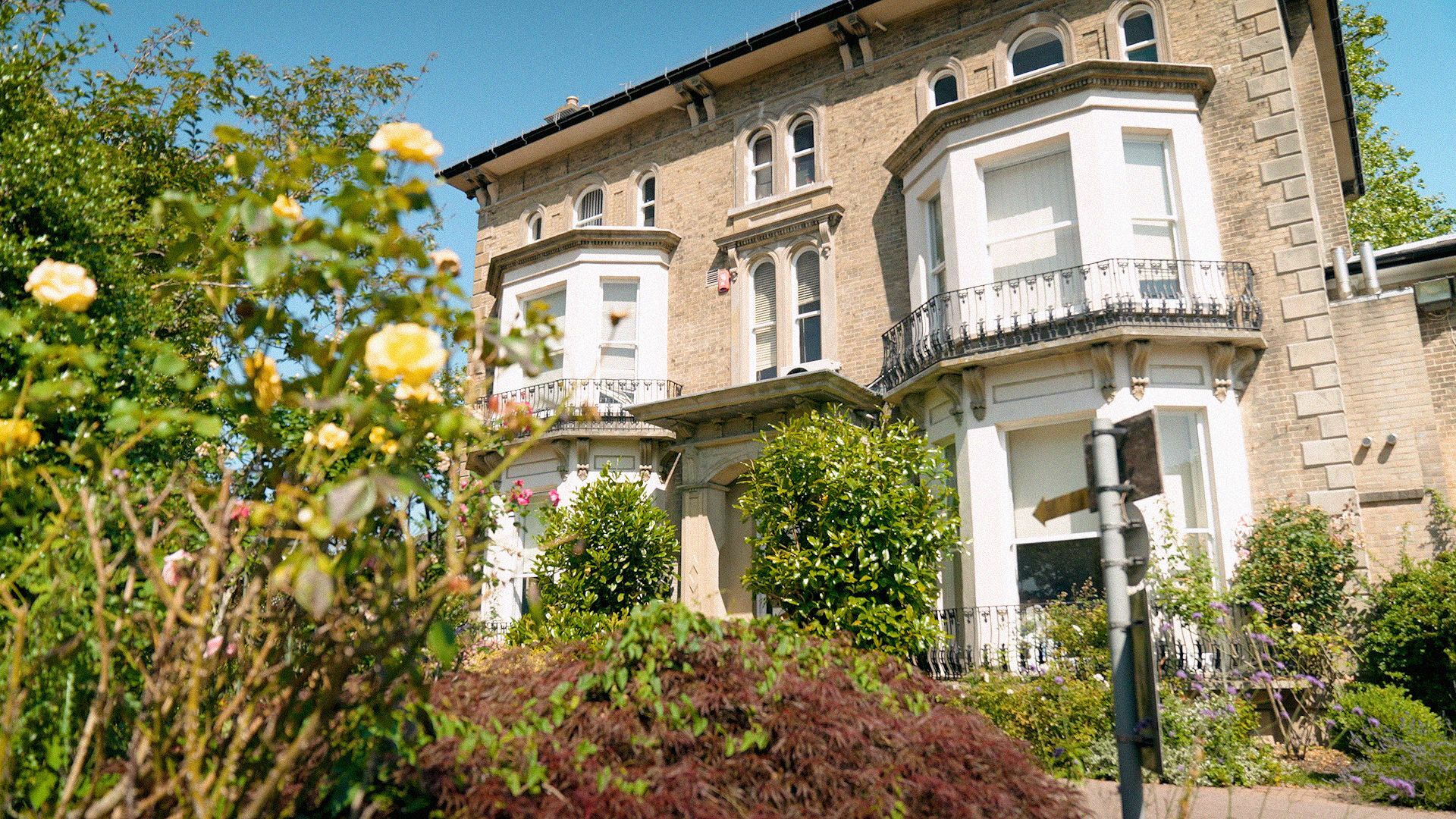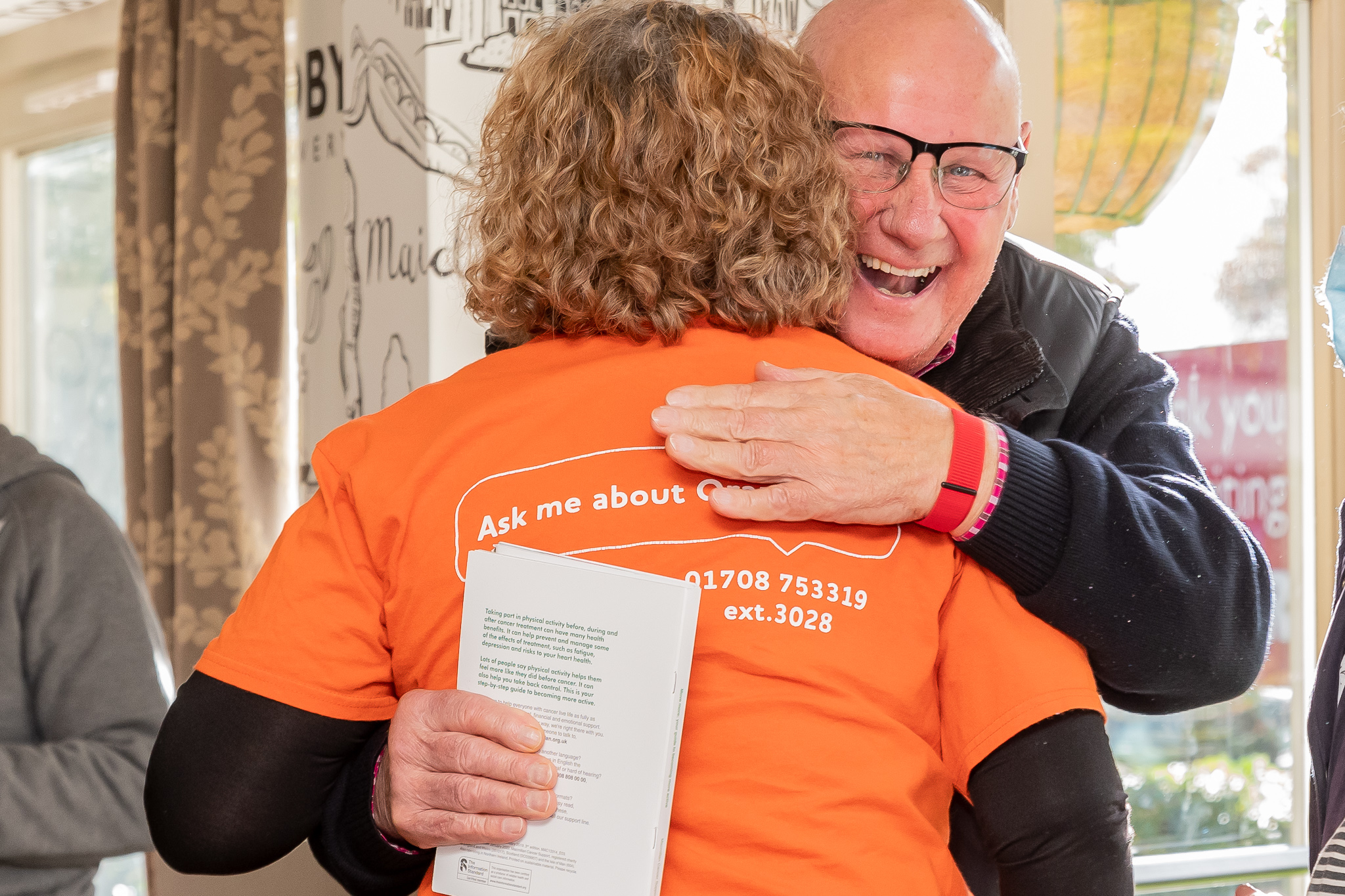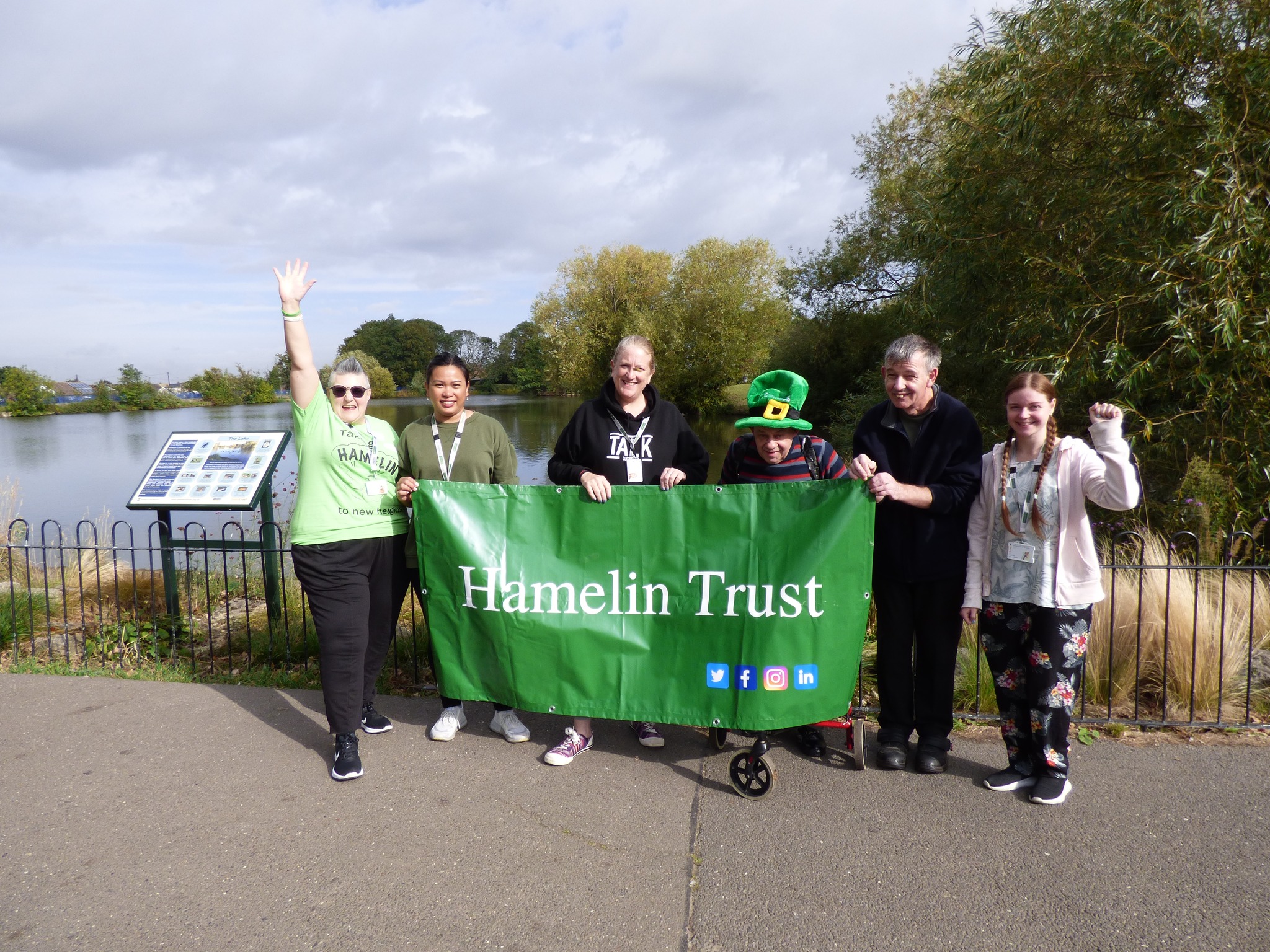You may have heard Roy Dyer on air recently talking about Cynophobia – an overwhelming fear of dogs. But what is it, and how can it be treated?
30 years ago, director of training at the Essex Dog Training Centre Roy Dyer MBE devised several very successful desensitizing exercises to help and treat people suffering from the depilating serious psychological condition of Cynophobia.
Roy was asked for help by a distraught mother of a 7-year boy who had been badly attacked and mauled by a large dog which left him seriously physically and mentally scared and suffering from severe Cynophobia.
This in turn completely changed the lifestyle of the boy to one of constant and terrifying fear and panic, and massive restrictions for his entire family to one of constant avoidance of anywhere or anything connected to dogs and some other animals. Most outdoor and many indoor venues became a no-go area, such as parks, countryside, outdoor sports the seaside, holidays etc, even attending school was often traumatic.
After several one-hour session of cognitive therapy, education, and canine desensitising, and very positive reinforcement Roy’s methods proved to be very successful, and the boy and his family made a return to normal life and also became dog owners themselves.
Since those far off days free of charge classes have been successfully held at the Essex Dog Training Centre twice a week on a Wednesday evening and Saturday morning for vast numbers of children traveling from throughout the UK and abroad.
Cynophobia is a condition recognised by the medical world and defined as a persistent and often irrational fear of dogs which can progress to include other animals and related objects. The methods created by Roy have been viewed in action by leading psychiatrists who specialise in phobias and were presented to and discussed by the profession at a major international conference of Psychiatry held in Wales.
The centre is regarded as the leading group in the world working with Cynophobia Assistance Dogs and has helped children from as far away as the USA.
A student psychologist with Hertfordshire University spent 9 months watching and studying the exercises and then gained her master’s degree on the findings.
Many incidents can cause cynophobia to show itself, and several sufferers will not remember when or how they occurred. Perhaps most often it is learned behaviour from parents who constantly tell the child to “mind that dog” it will bite you or “come here there’s a dog over there” or crossing over a road to avoid walking near a dog when a child is with them. A classic is to indicate to a child a dog is only safe when on lead, which is not the case with most dogs.
Negative reinforcement by parents is a huge contributing factor to fear increase in a child by rewarding the fear action simply by constant cuddling, hand holding, picking up, kissing etc , all of which gives comfort for just a few seconds, but then it becomes the expected parent behaviour pattern during any dog or animal encounter ,even when there are no problems.
Positive reinforcement during a dog meet or aware when a child shows very mild, or no fear is an excellent way to achieve success in desensitising a child with cynophobia.
Some types of childhood trauma connected with a dog can of course be the cause, such as being bitten, chased, or seeing somebody being attacked by a dog in real life or on television. Even reading a newspaper report about dog aggression and of course “Chinese whispers”
A dog or puppy jumping up a child at an early age will quite often trigger cynophobia. Sometimes the person who has the condition won’t remember a particular incident in their childhood that triggered the fear, and even a mild incident like watching a scary film about a dog or a large dog approaching or being licked by a dog could trigger the condition. .
Cynophobia can show itself in many ways. People may feel a very strong degree of anxiety just being in the presence of a dog or thinking a dog is nearby and some may have a full-blown panic attack if they meet a dog, hear one, or see them on the television or a photograph.
The symptoms experienced may be individual or happen in clusters altogether but can include complete panic, hysteria, sweating, rapid heart rate, trembling, nausea, difficulty breathing or even a sudden urge to go to the toilet or vomiting and most often the need to quickly move or run away or avoid a dog or an area where a dog might be, but they cant run away from their fear.
There are around 8 million dogs in the UK so there is a very good chance that at any time, a person with or without cynophobia will come across one.
Cynophobia can cause many problems but it is the avoidance of dog tactics that children employ which can be the most dangerous, and may even make a person refuse to leave their house or with children their panic and fear may put them in situations, such as running into traffic, hiding and refusing to acknowledge the person looking for them, making excuses for not going to school, even jumping into water, whether they can swim or not ,and even attempt suicide.
They will not accept or create a relationship with people including family members who are dog owners and will often make excuses so as not to visit close family, which can cause awful stress and upset to dog owning grandparents.
Cynophobia can be an exceedingly difficult fear to overcome, and it is extremely rare for someone to grow out of it.
Many people seek therapy through their GPs who can refer them to phobia specialists, but very few people have the knowledge of exposure therapy combining cognitive therapy and both human and canine psychology using numbers of trained dogs as are used by the Essex Dog Training centre. In some instances, therapy may focus on identifying early causes for the fear, though this isn’t always possible. it may be two sessions before a child meets a dog, but most will interact with a dog within a short while maybe even in just half an hour. Since Roy assisted the first child
Initially we are contacted by the parents, but we can have referrals from doctors or schoolteachers, and even mental health experts. Some parents are so worried about how their child will react to these special classes, that they do not tell them when they are going on their first visit to the training centre for help.
We do however give parents advice beforehand and by telling the children they do not have to do anything they do not wish to and that the child can make all of its own decisions, even then we have had children on first attendance who have waited for their parent to leave the car and then locked themselves in to avoid the situation or run quite some distance away.
Some children literally wet or mess themselves when they think a dog may be present or they might see one. We have even had a small girl whose fear of dogs was so great that it manifested itself in anything ‘furry’ including touching cuddly toys or hair from a hairbrush and even a dog lead.
At the first 15 minutes of meeting the children we do not speak of dogs at all, but ask the children about school, pop stars, sport, TV etc,. maybe even give sweets. We then give a brief talk about the good work dogs do, guide dogs, hearing dog, assistance dogs and so on.
The child is always kept within its comfort zone and never hears negative remarks such as ‘don’t be silly’ or ‘this is nothing to worry about’ and such like, and children are also always gently taught how to be safe around dogs, and also to have a healthy respect for them
Once we have spoken to the children about their fears, they are given a choice of watching behind glass or fencing the other children with dogs who are already attending. We usually have lots of fun games to focus the child’s thoughts towards fun things, such a skittles, musical mats, playing with footballs, tennis balls and even dancing to their favourite record.
This generally happens at the beginning of every training session. We have found that this puts the child at ease and gives them another focus other than their fear. A slight competitive edge is always added into the games, which often include the parents, where children can win small prizes. They are asked to guess the breed of dogs, count the number of times the dogs wag their tails in a friendly fashion, count dogs legs and ears, and so on.
We constantly explain to the children some of the things that dogs do and the noises that they make, such as barking. The children are told that dogs don’t sing, they don’t whistle, but they do bark for many reasons, this usually brings a smile to the child’s face. Each child is watched very closely to see how they react to various canine situations when they see or meet dogs and then the exposure therapy is adapted accordingly.
Different breeds of dogs are selected for the exposure programme and their temperaments will vary from extremely passive with excellent temperament, to busy dogs also with excellent temperament.
Dogs are introduced to the children at various stages which at the end of the course gives the child and overall view of how dogs react in the real world. Quite often the children are not aware that they are being gradually de-sensitised with their fear.
At the end of the first lesson (one hour weekly) a child is usually able to touch and brush dogs after a few lessons a child can walk dogs on a lead and have dogs running towards them and even willingly call dogs towards them.
The children are always told at this stage that they are in control and that they are helping us to train dogs. There are of course many aspects to helping these children get over their phobia and we are always happy for people to come and watch this in action. The children are also invited to the normal public dog training days where up to 80 dogs may attend at any one time.
The training centre does not charge any child or parent a fee for this service, it is offered completely free.
Many parents have written or personally thanked us for not only giving the child the confidence to deal with the problem but also giving the family back their lives, which allows them to go to the park, have picnics on the beach and even go on holiday. Very often we receive with thanks cards from the children.
Quite a number of families go onto have their own dog, which is a massive reward for the volunteer Instructors and dog handlers involved.
However there is a constant demand for volunteer owners with nice passive breeds of controlled dogs, not so much well trained, but just nice temperament.
These dogs are thoroughly assessed for temperament, as there is no margin for error in the selection for the role.


































